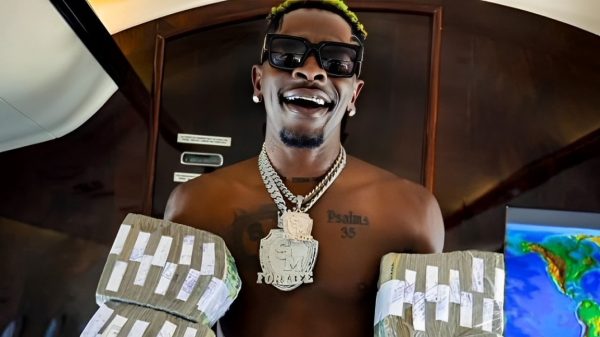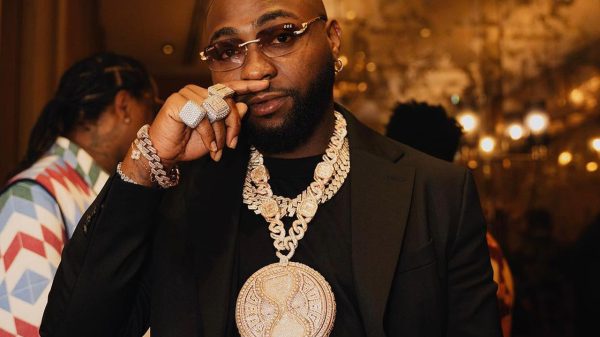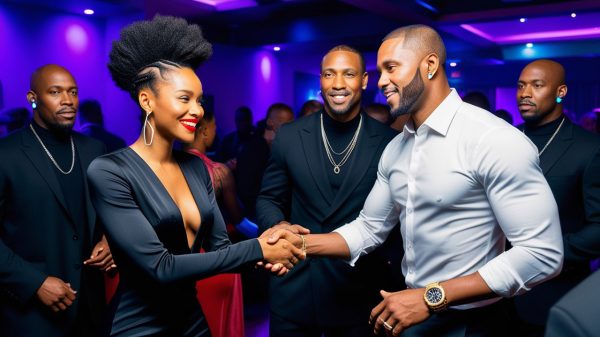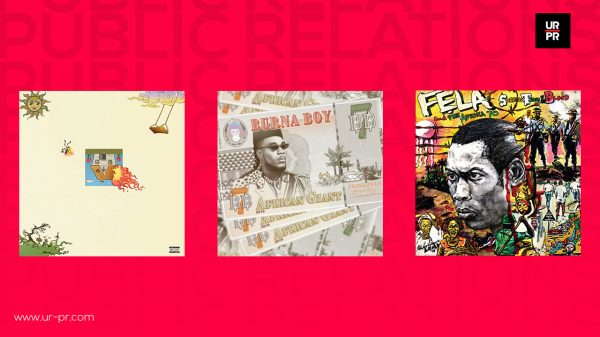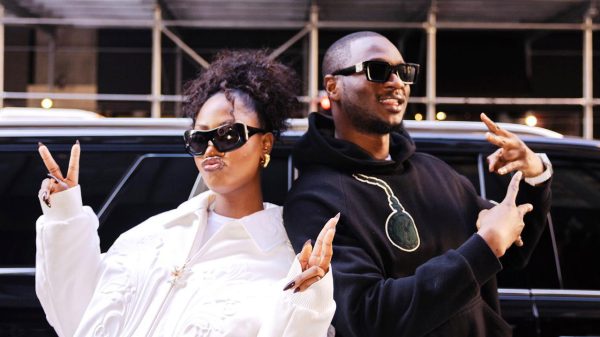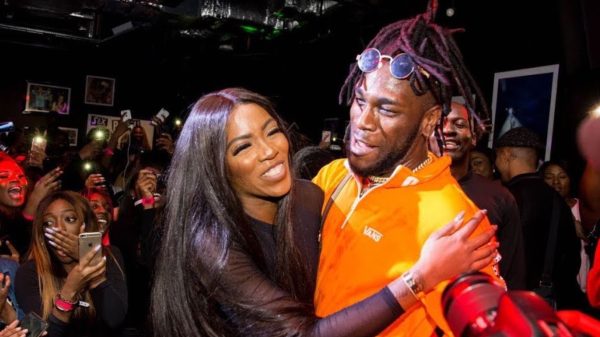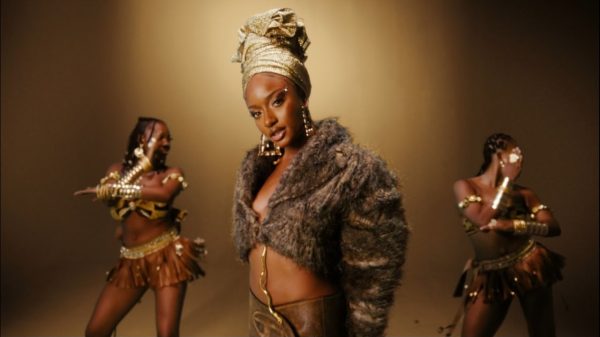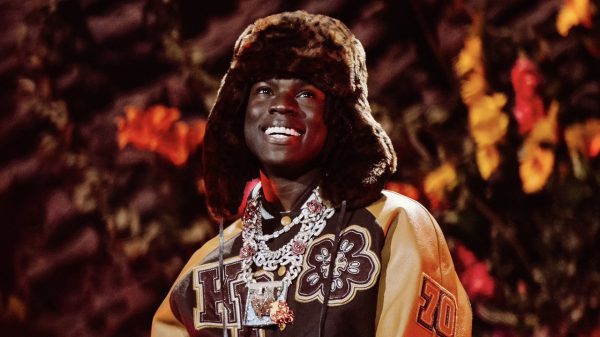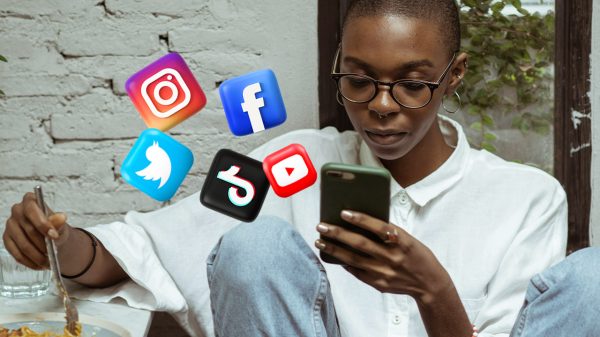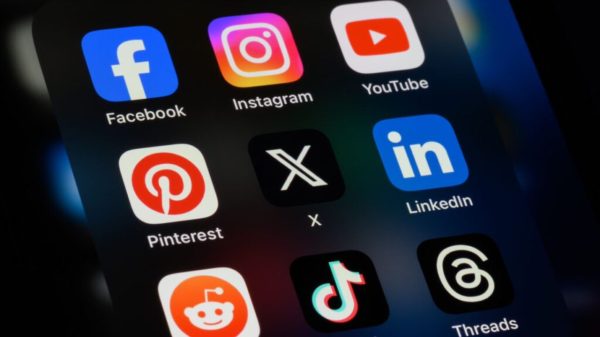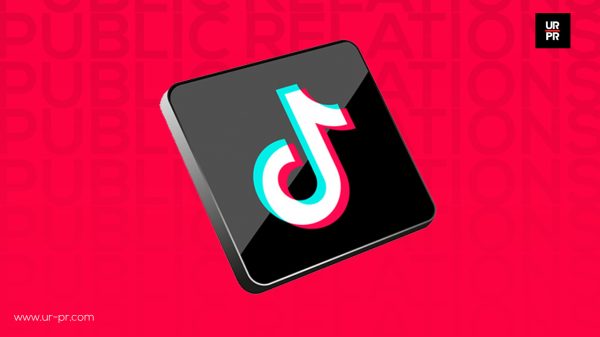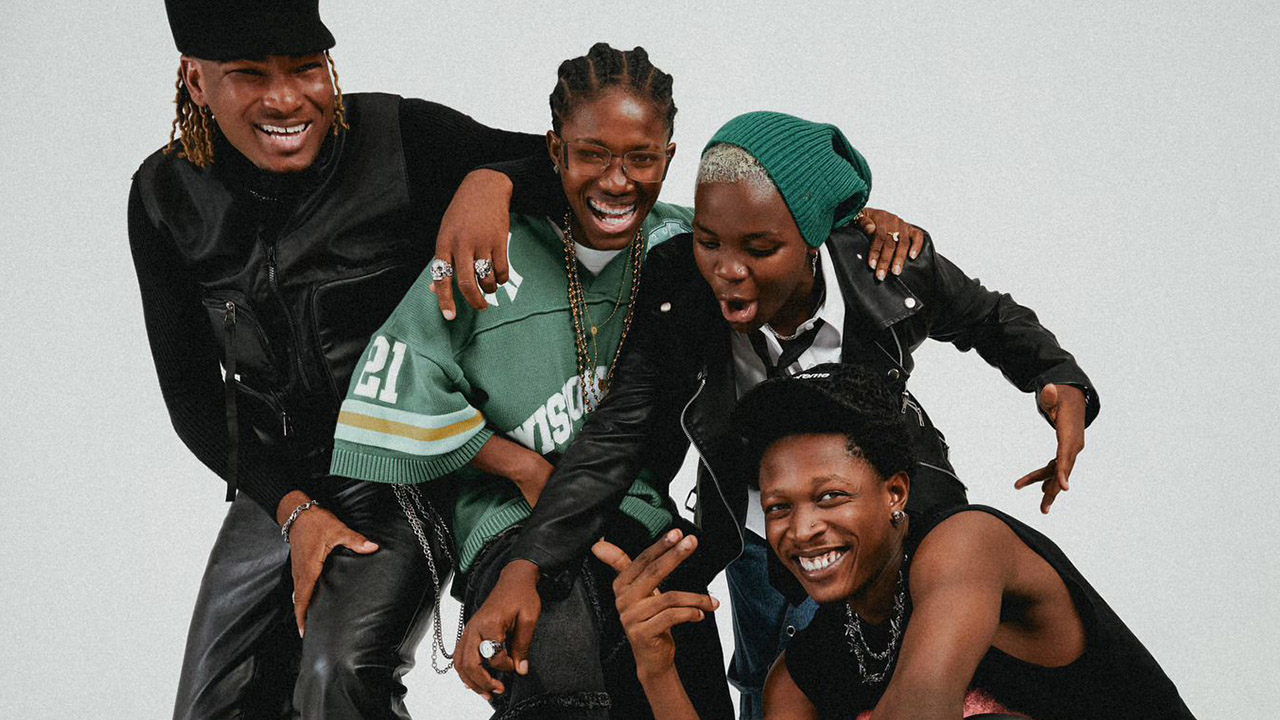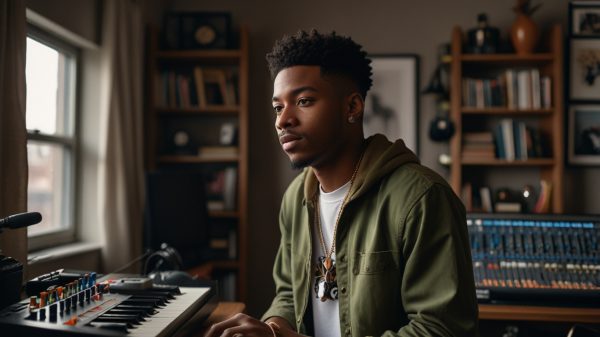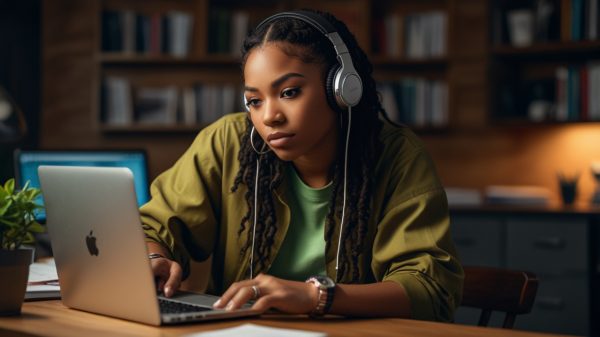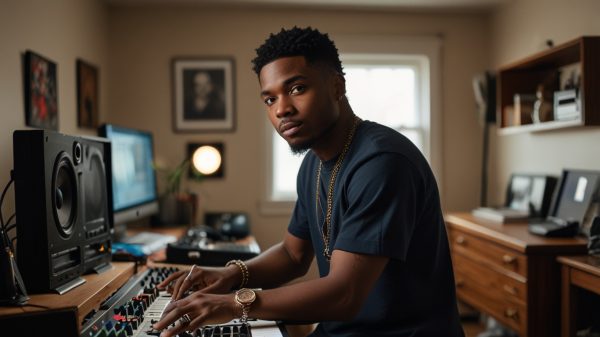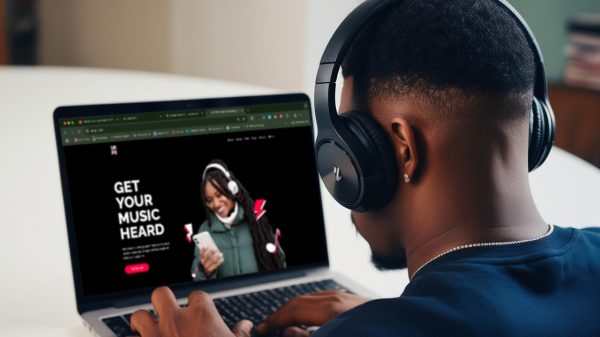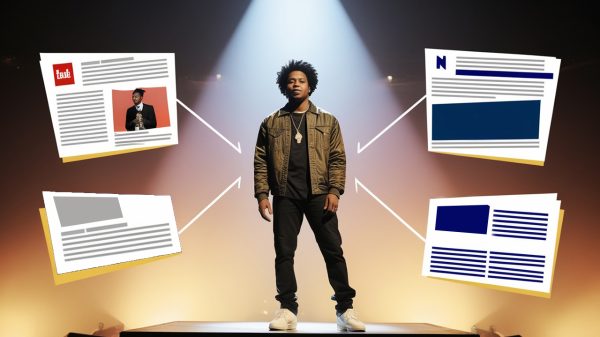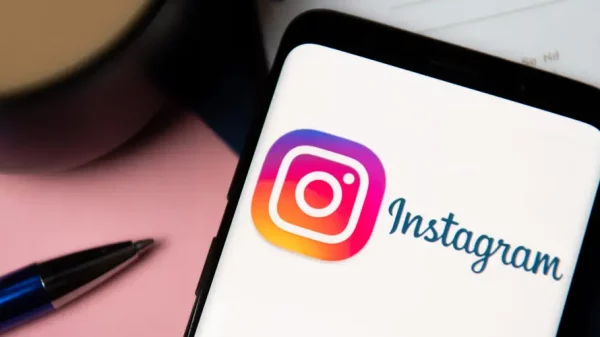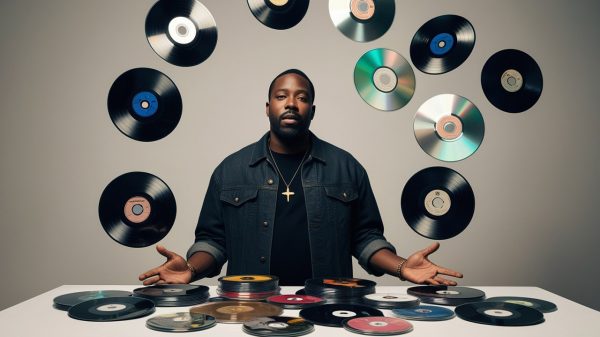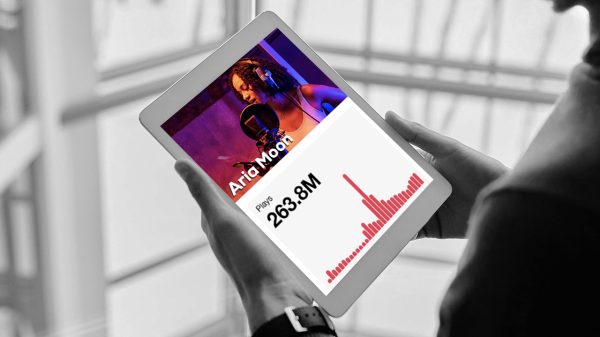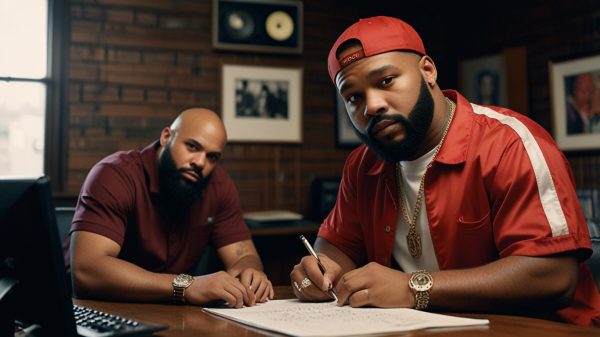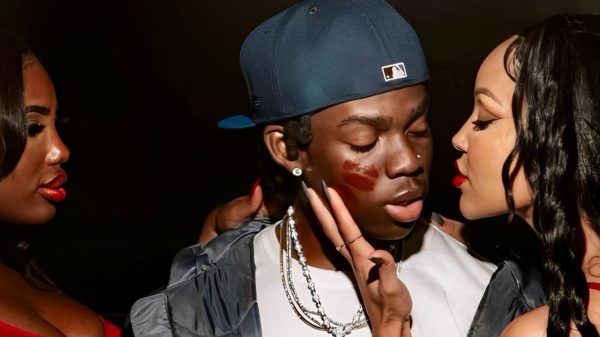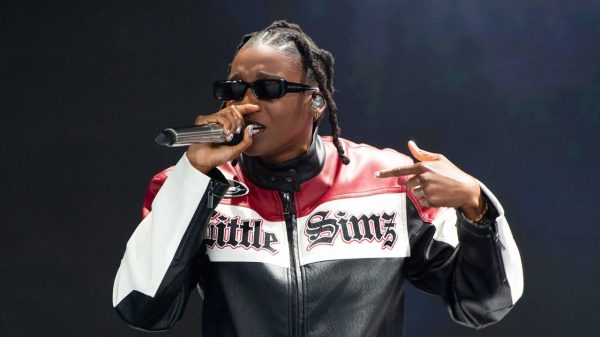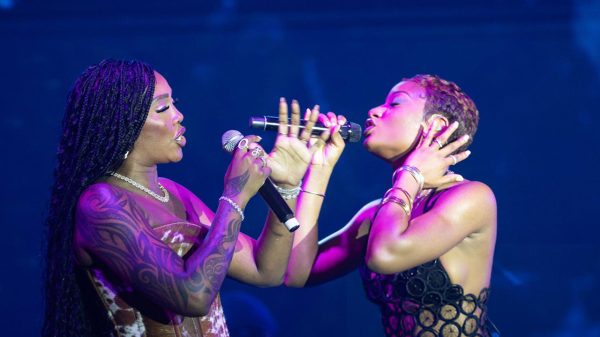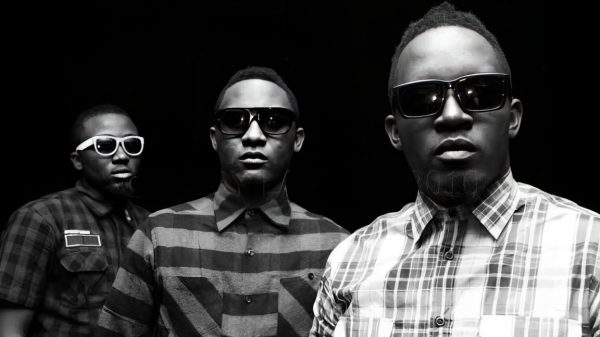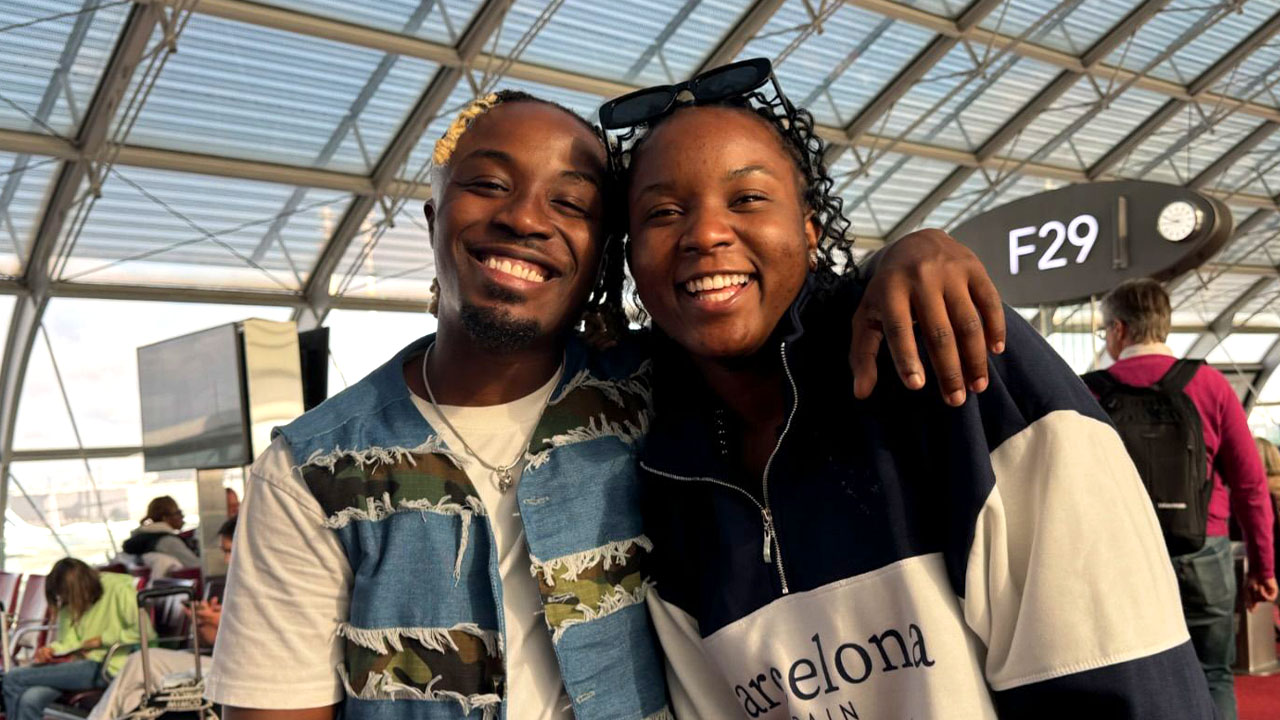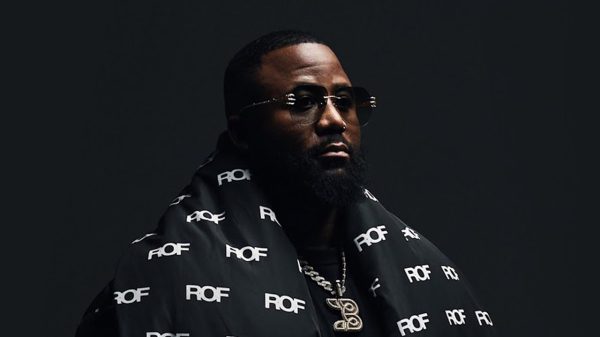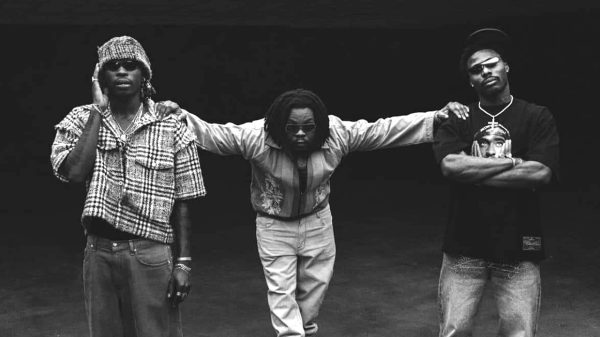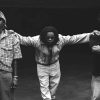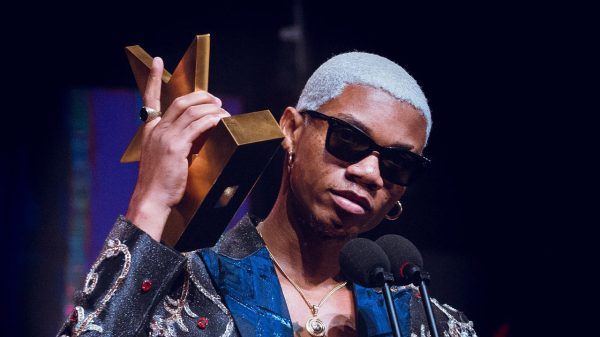In the ever-evolving landscape of music marketing, dance challenges have emerged as a powerful force in promoting genres, and Afrobeats is no exception. Originating from West Africa, Afrobeats has grown from a regional sound to a global phenomenon, and dance challenges have played a crucial role in this transformation. This article explores how dance challenges have fueled the promotion of Afrobeats music, delving into their origins, impact, and the broader implications for the genre.
The Rise of Afrobeats and Dance Challenges
1. Afrobeats: A Brief Overview
Afrobeats, often mistaken for Afrobeat, is a contemporary music genre originating from West Africa. Characterized by its fusion of traditional African rhythms with modern elements like funk, jazz, and hip-hop, Afrobeats has gained widespread popularity. Artists like Burna Boy, Wizkid, and Davido have played pivotal roles in bringing Afrobeats to international audiences.
2. The Emergence of Dance Challenges
Dance challenges, often driven by social media platforms like TikTok, Instagram, and Twitter, have become a cultural phenomenon. These challenges typically involve a specific dance routine set to a particular song, which users then replicate and share. For Afrobeats, dance challenges have become a vehicle for both promoting songs and engaging with fans.
How Dance Challenges Promote Afrobeats
1. Creating Viral Moments
Dance challenges have a unique ability to create viral moments. When a catchy Afrobeats track is paired with a dynamic dance routine, it encourages users to participate and share their own versions. This user-generated content spreads rapidly across social media, amplifying the song’s reach and visibility. For instance, the dance challenge for Davido’s “Unavailable” significantly boosted the song’s visibility and engagement.
2. Engaging with a Global Audience
Social media platforms are global, and so are dance challenges. Afrobeats artists and their tracks can quickly become known across continents through viral dance routines. The global appeal of these challenges breaks down geographical barriers, allowing Afrobeats to reach audiences in places as diverse as the United States, Europe, and Asia. This international exposure contributes significantly to the genre’s growth and popularity.
3. Driving Music Discovery
Dance challenges often lead to increased music discovery. As users engage with a challenge, they not only listen to the track repeatedly but also explore other songs by the same artist. This increased engagement can drive streams, downloads, and sales, further boosting the artist’s profile. For many fans, participating in a dance challenge is a way to connect with the music and its artist on a deeper level.
4. Enhancing Artist-Fan Interaction
Dance challenges create opportunities for artists to interact with their fans in innovative ways. Artists can participate in or even initiate challenges, directly engaging with their audience. This interaction helps build a sense of community and loyalty among fans. For example, the “Tshwala Bam” dance challenge by TitoM and Yuppe saw fans actively participating and sharing their versions, fostering a deeper connection with the music.
5. Boosting Music Videos and Live Performances
Dance challenges often drive interest in music videos and live performances. When a dance challenge gains traction, the accompanying music video often experiences a surge in views. Additionally, the popularity of dance routines can lead to increased demand for live performances and concerts, as fans are eager to experience the music and dance in person.
Case Studies of Successful Afrobeats Dance Challenges
1. Davido – “Unavailable” Dance Challenge
Davido’s “Unavailable” sparked a dance challenge that took social media by storm. The song’s infectious beat and catchy hook made it perfect for a dance routine. The challenge quickly went viral on TikTok and Instagram, contributing to the song’s massive success. The widespread participation in the challenge not only boosted the track’s visibility but also engaged fans in a fun and interactive way.
2. TitoM and Yuppe – “Tshwala Bam” Dance Challenge
The “Tshwala Bam” dance challenge by TitoM and Yuppe became a hit thanks to its lively rhythm and engaging dance routine. This challenge gained significant traction on social media platforms, leading to increased streams and attention for the track. Fans enjoyed replicating the dance moves, which helped the song reach a broader audience and solidify its place in the Afrobeats scene.
3. King Promise – “Terminator” Dance Challenge
King Promise’s “Terminator” also saw a successful dance challenge that resonated with fans. The song’s upbeat tempo and catchy rhythm made it an ideal candidate for a dance routine, which was choreographed by Dancegod Lloyd. The challenge’s popularity helped the track gain significant exposure across social media platforms, driving interest in King Promise’s music and contributing to the song’s success.
Tips for Leveraging Dance Challenges in Music Promotion
1. Create a Memorable Dance Routine
To maximize the impact of a dance challenge, create a memorable and easy-to-follow dance routine. The dance should complement the song and be accessible enough for a wide audience to replicate.
2. Engage with Your Audience
Actively engage with participants by liking, commenting on, and sharing their dance videos. This interaction can help build a sense of community and encourage more people to join in.
3. Collaborate with Influencers
Partner with social media influencers and dancers to kickstart your dance challenge. Influencers with large followings can help spread the challenge and boost its visibility.
4. Use Hashtags Strategically
Utilize relevant hashtags to increase the discoverability of your dance challenge. Popular and trending hashtags can help your challenge reach a broader audience.
5. Monitor and Adapt
Keep track of the challenge’s performance and adapt your strategy as needed. Analyze engagement metrics to understand what works and refine your approach to maximize impact.
Conclusion
Dance challenges have become a significant force in the promotion of Afrobeats music. By leveraging the viral nature of these challenges, Afrobeats artists can reach new audiences, engage with fans, and drive the global popularity of their music. Whether through creating memorable dance routines or collaborating with influencers, the potential for dance challenges to elevate Afrobeats is immense.
If you’re an artist looking to harness the power of dance challenges for your music, UR-PR can help. We specialize in crafting effective promotion strategies, including managing dance challenges and securing placements across top music blogs and social media platforms. Contact us to take your music promotion to the next level and achieve guaranteed visibility.
Frequently Asked Questions (FAQs)
Did dancehall influence Afrobeats?
Yes, dancehall has influenced Afrobeats. Both genres share similar rhythmic elements and have contributed to the evolution of contemporary African music. Dancehall’s influence can be seen in the beats and production styles found in Afrobeats.
What influenced Afrobeats?
Afrobeats has been influenced by various music genres, including traditional African rhythms, highlife, jazz, funk, and hip-hop. This eclectic mix of influences has contributed to the genre’s unique sound and global appeal.
What is Afrobeats dance style?
The Afrobeats dance style encompasses a range of energetic and rhythmic dance moves that complement the genre’s vibrant music. It often features fluid hip movements, quick footwork, and expressive body language, reflecting the genre’s lively and upbeat nature.
What is the growth of Afrobeats?
Afrobeats has experienced significant growth over the past decade, evolving from a regional genre to a global phenomenon. The genre’s popularity has surged due to its infectious rhythms, high-profile artists, and widespread exposure through digital platforms and social media.
Why is Afrobeats so popular now?
Afrobeats’ popularity has increased due to its catchy rhythms, diverse influences, and global appeal. The genre’s success has been further fueled by high-profile collaborations, viral dance challenges, and the growing presence of African artists on international music charts.
Who is the godfather of Afrobeat?
Fela Kuti is often considered the godfather of Afrobeat. His pioneering work in the 1970s with Afrobeat laid the foundation for the contemporary Afrobeats genre, influencing generations of artists and shaping the sound of modern African music.
